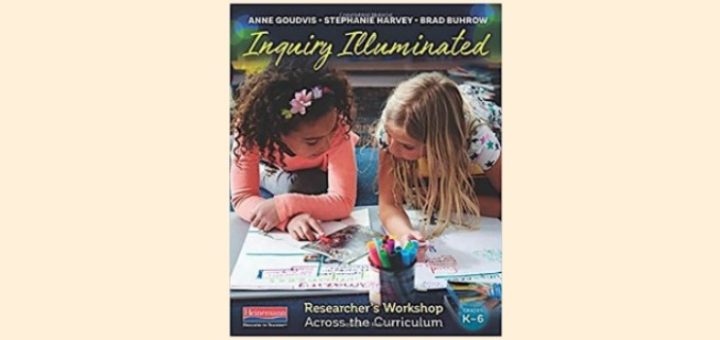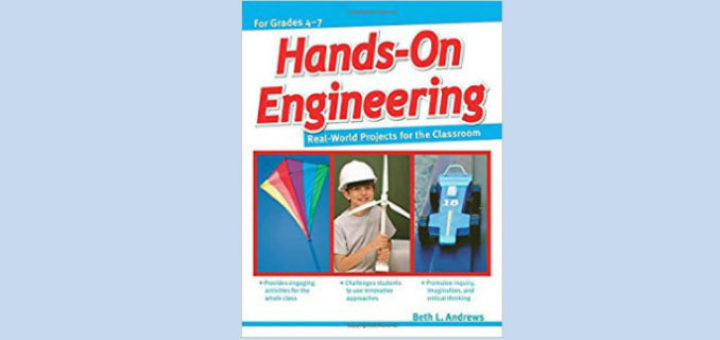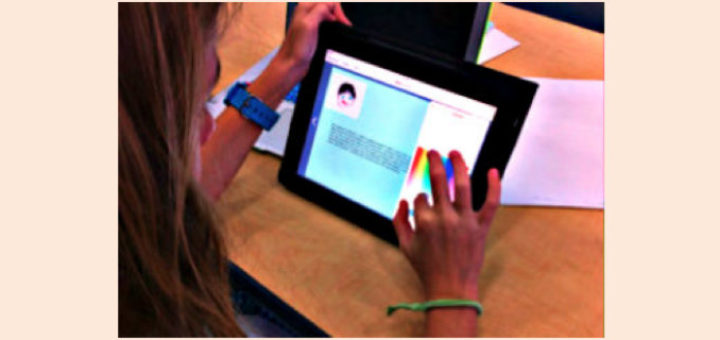Kindness and Equity in Our Science Classrooms
Science classrooms, with all their teamwork, are great places to help students learn to “choose kindness,” says teacher and NGSS consultant Kathy Renfrew. At the same time, we must ensure equity, “where all learners have access to the tools they need to find success.”


















